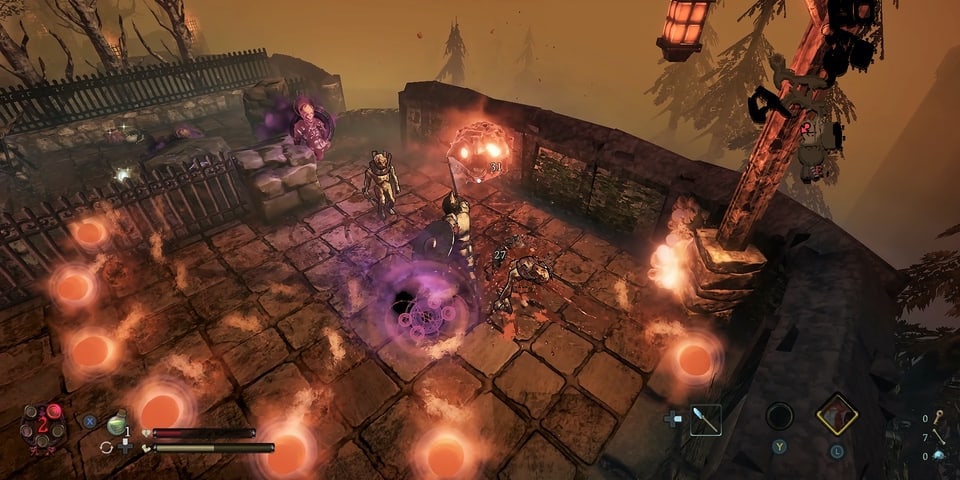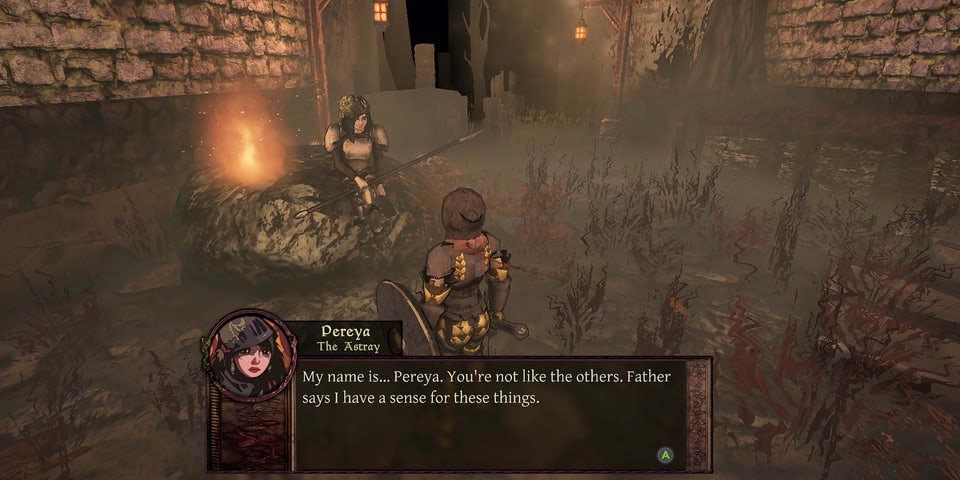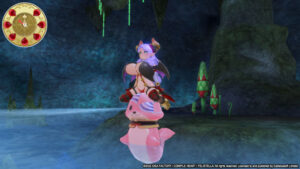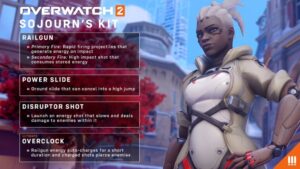The skinner box mechanic is a term borrowed from psychology to explain games that offer incremental rewards to keep players engaged. The most familiar game archetype fitting this idea is loot-driven RPGs of the Diablo series and its imitators. The main draw is constant equipment upgrades with much of the appeal being the thrill of collection. Guilt: The Deathless takes this accumulative approach and mixes it up with a gamefied sense of shame to produce a dark and claustrophobic experience where each item can have a serious effect on your survivability. Add in an ambitious shared world in which every player’s actions promise to affect the experience and you have a really promising indie game.
Having played its early demo a year or so back, it’s clear that Guilt is progressing rapidly. The graphics are improved, the UI more intuitive, and the whole experience smoother. That isn’t to say that there isn’t more room for improvement and the game is still clearly in Early Access, so players choosing to give it a try should be prepared for a work in progress.
The setting for Guilt is based on Slavic folklore – an area that has attracted increased attention since the phenomenal success of the Witcher series. The mood is darker even than CDProjekt’s series as the world is in turmoil. The first level is set in a dark and twisted forest whilst the second is in a nightmarish library filled with magic users and possessed tomes. The story is rudimentary at present as the focus appears to be on developing the game mechanics. It will be interesting to see how the narrative shapes up given the procedurally generated environments. Starting a game sees you generate a world that you can share with other players and in which your choices and actions are promised to have lasting effects. This is an ambitious idea but obviously one that will depend on enough players getting involved to come to fruition.

Graphically, Guilt is solid enough. It lies midway between an ARPG such as Diablo and a basic Souls-like with solid and meaty combat. The colour scheme is muted and the atmosphere is dark and depressing. The occasional NPCs that you come across are all in various stages of insanity and offer you a range of alternative boons and gifts. The procedural generation means that different NPCs may be accessible in different runs, emphasising the roguelike nature. That said, there aren’t that many available at present, and most of their offerings have limited usefulness.
Navigating the world of Guilt involves traversing a hex-based map wherein each tile represents a possible encounter. These can be NPC conversations, shops, arena-style battles, or more developed levels. These levels are still relatively short and the procedural generation means that they often lack a real sense of character. This rings true for the game in general as the randomised approach works against Guilt’s attempt to establish a mood. Some encounters are far too easy whereas others will kill you before you’ve even managed to build up your character.

Aside from the world sharing aspect, which is very much at an early stage, the main original mechanic here is the titular Guilt that you build up through your actions. Looting bodies, dying and resurrecting, or taking certain actions can build up your Guilt meter. Once this is too high then death becomes permanent, but the risk and reward system involved comes about through the ability to pick up powerful items from Guilt-building actions. It’s an intriguing idea that should work to give sense of consequence to your actions, but at the moment it’s generally just a better idea to pick everything up as resurrecting mostly sees you dying pretty quickly again (you respawn with a small fraction of your health).
I’ll admit that I gave up on Guilt after a relatively short period of time, as there is still not enough content to justify extended play. What there is at present is gated behind a punishing difficulty level that is compounded by clunky combat that needs refinement. There is scope for this to become a game that lives up to its promise but I’d recommend waiting until the after or deeper into it Early Access period before taking the plunge.
- About
- access
- across
- All
- alternative
- ambitious
- appeal
- approach
- AREA
- Atmosphere
- available
- before
- Better
- Box
- build
- choices
- collection
- content
- conversations
- Dark
- Demo
- developed
- developing
- different
- Early
- early stage
- equipment
- establish
- experience
- First
- Focus
- fruition
- game
- Games
- General
- generate
- gifts
- given
- graphics
- Health
- here
- High
- How
- HTTPS
- i
- idea
- Improved
- improvement
- Indie
- involved
- IT
- Level
- levels
- Library
- Limited
- managed
- map
- May
- Mechanics
- mood
- more
- needs
- NPC
- offer
- Offerings
- original
- Other
- play
- players
- possible
- powerful
- present
- Preview
- Produce
- Psychology
- range
- recommend
- Rewards
- Risk
- room
- RPGs
- s
- Said
- scheme
- sees
- sense
- Series
- set
- setting
- Share
- shared
- shops
- Short
- small
- So
- Stage
- Story
- success
- system
- taking
- The
- The Witcher
- the world
- Through
- time
- trailer
- ui
- upgrades
- users
- What
- Work
- works
- world
- year
- youtube











